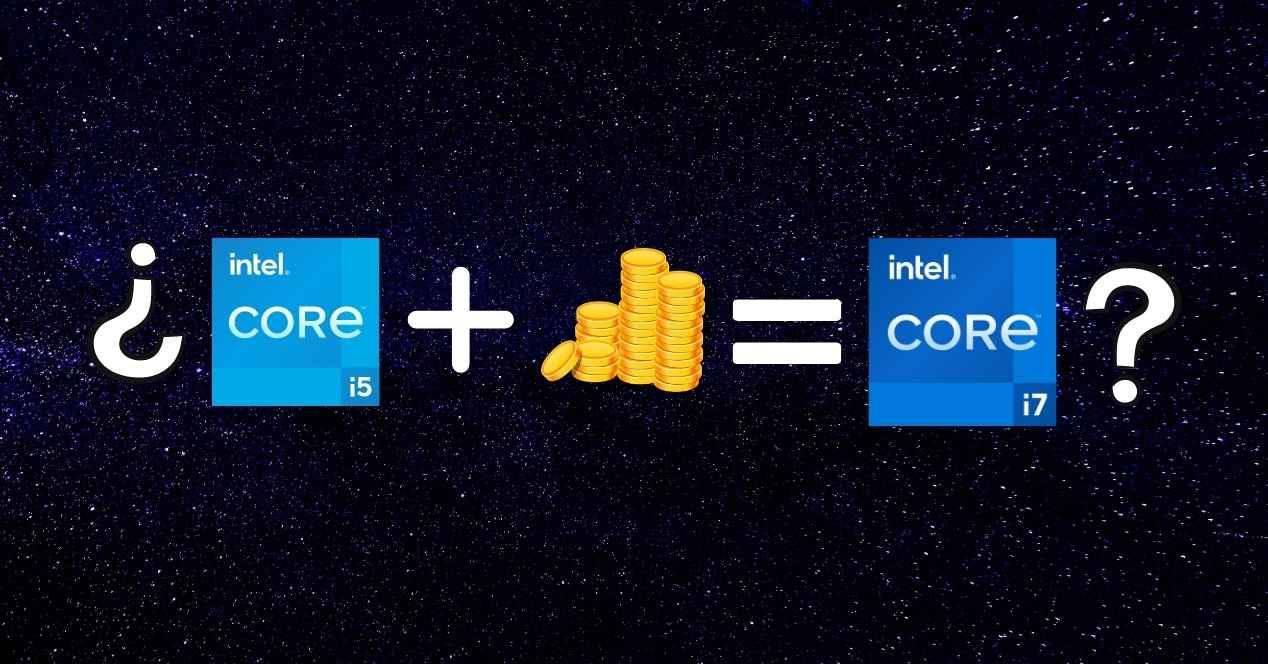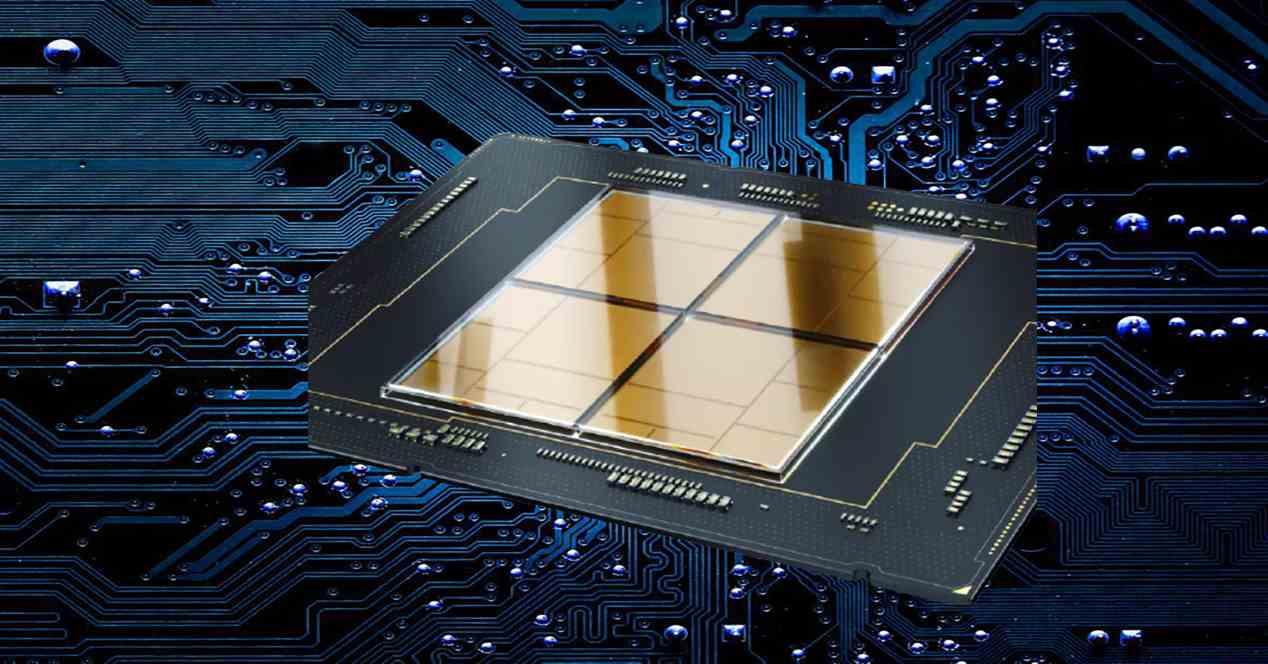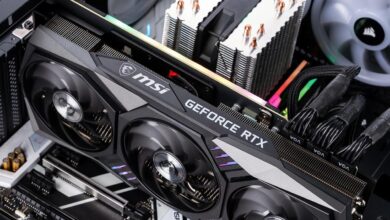
The DLC concept, an acronym that means downloadable content, is typical of the world of software, where certain features or extras are hidden behind an additional payment, apart from the cost of the basic package. However, such a trend could soon appear in the hardware, where certain features were inactive in the base product and therefore latent for the user to pay for them. And we’re not just saying that, since Intel is going to implement it in its Sapphire Rapids server processors with its Intel Software Defined Silicon Are we facing a trend that could end up on our PCs?
There’s no denying that Intel has had some trouble bringing its Sapphire Rapids processors to market for servers and workstations. We ourselves came to comment on the architecture several months ago. And it is that they have encountered a series of barriers during development that has caused these processors to have suffered a significant delay in terms of their launch. Apparently it will be in 2023 when we finally see them on the market, and with this they will bring a surprise, having to pay to unlock certain features of the processor.
Intel processors “upgradable” via software
Intel’s idea is that certain additional functions in the processors are inactive as standard and have to be activated through an additional payment. This makes sense when you consider that in certain markets we find functions that are essential, but not for the general public. At that point, Intel has two options, the first is to build a variant of a processor for each market. The second is to build a fully featured processor, but capitalize on those that require that feature. Something that makes much more sense in terms of reducing manufacturing and logistics costs.
Namely, the idea is that the user ends up paying for the features that he is going to use and take advantage of. For example, instead of making a processor for business servers and another for workstations under the same architecture, a general one is created with all the business security options under the payment gateway.
For example, from Sapphire Rapids it is known that we will see a version for workstations. Whose demand would come from the fact that the Intel Core 12 and 13 do not have more than 8 P-Cores. At the same time Sapphire Rapids has features that while useful on a server are not useful on a workstation. That is to say, the idea would be as if AMD stopped selling its EPYC processors to sell the Threadripper and then offer the corresponding update for a “moderate” price.
Will we see it applied in PC processors?
Well, that is the million dollar question, and we have to say that at the moment nothing indicates that Intel is going to implement such a solution in the short or medium term in its Intel Core. At least from the information that circulates, but the data we know about the Intel Core 14 is currently scarce and through controlled leaks. In the event that Intel decides to implement the same idea in its laptop and desktop CPUs, it is possible that we will see certain features behind a payment.
- For example, we could find that the division between K and KF processors disappeared, in the sense that the use of the integrated graphics was hidden after an additional payment to make it active.
- Another case could be the AVX-512 instructions, which were in the processor, but not active without having to pay per box.
- It is also possible that the maximum speed supported by the processor or memory is locked on Intel processors by software.
Actually, we could talk about examples of technologies included in Intel CPUs that they take advantage of, specific applications and markets that could end up on the Intel Software platform for later unlocking through an additional payment. However, it is too early to say anything and in the field of desktop and laptop processors there is nothing announced in that regard. If anything, it would help simplify the processor market.




